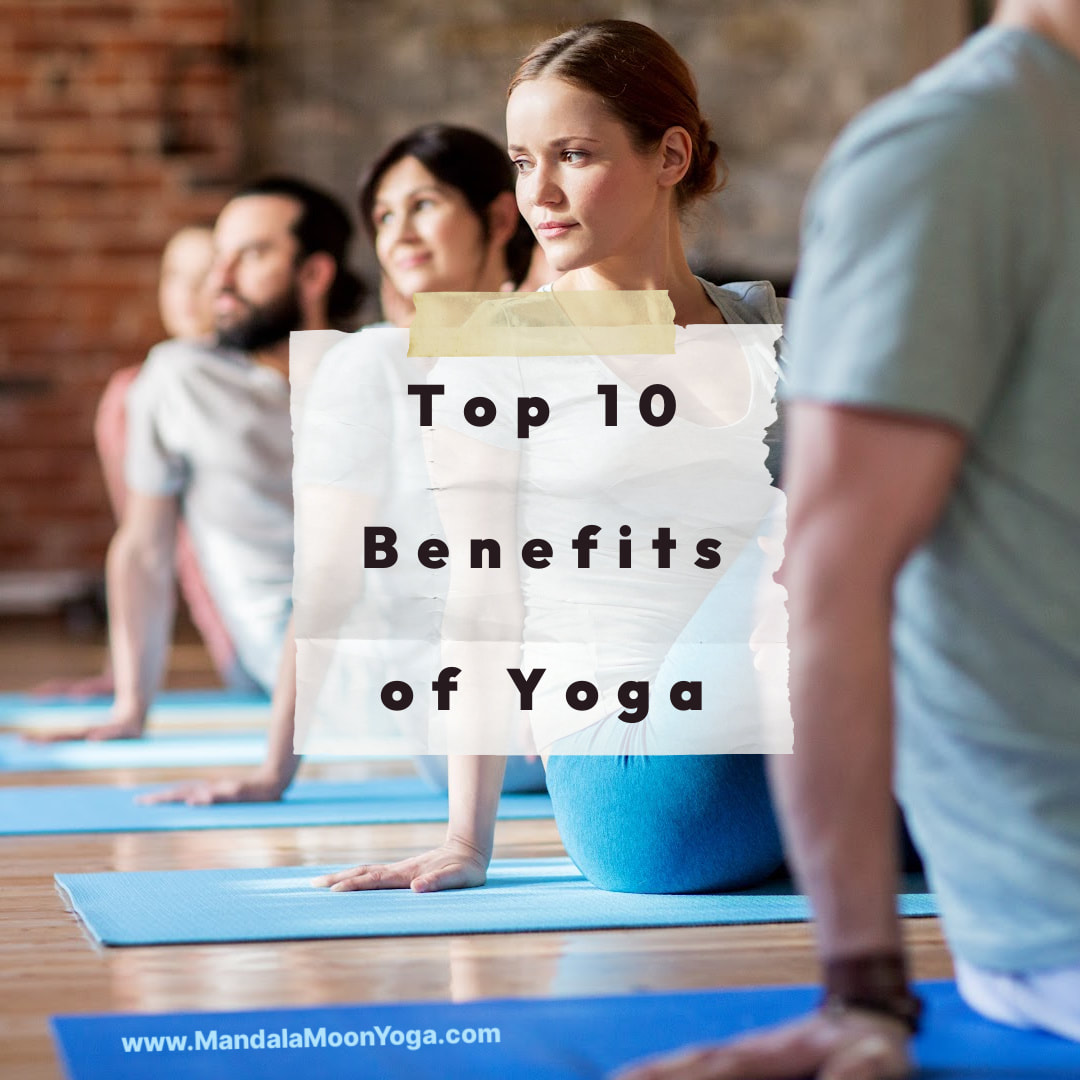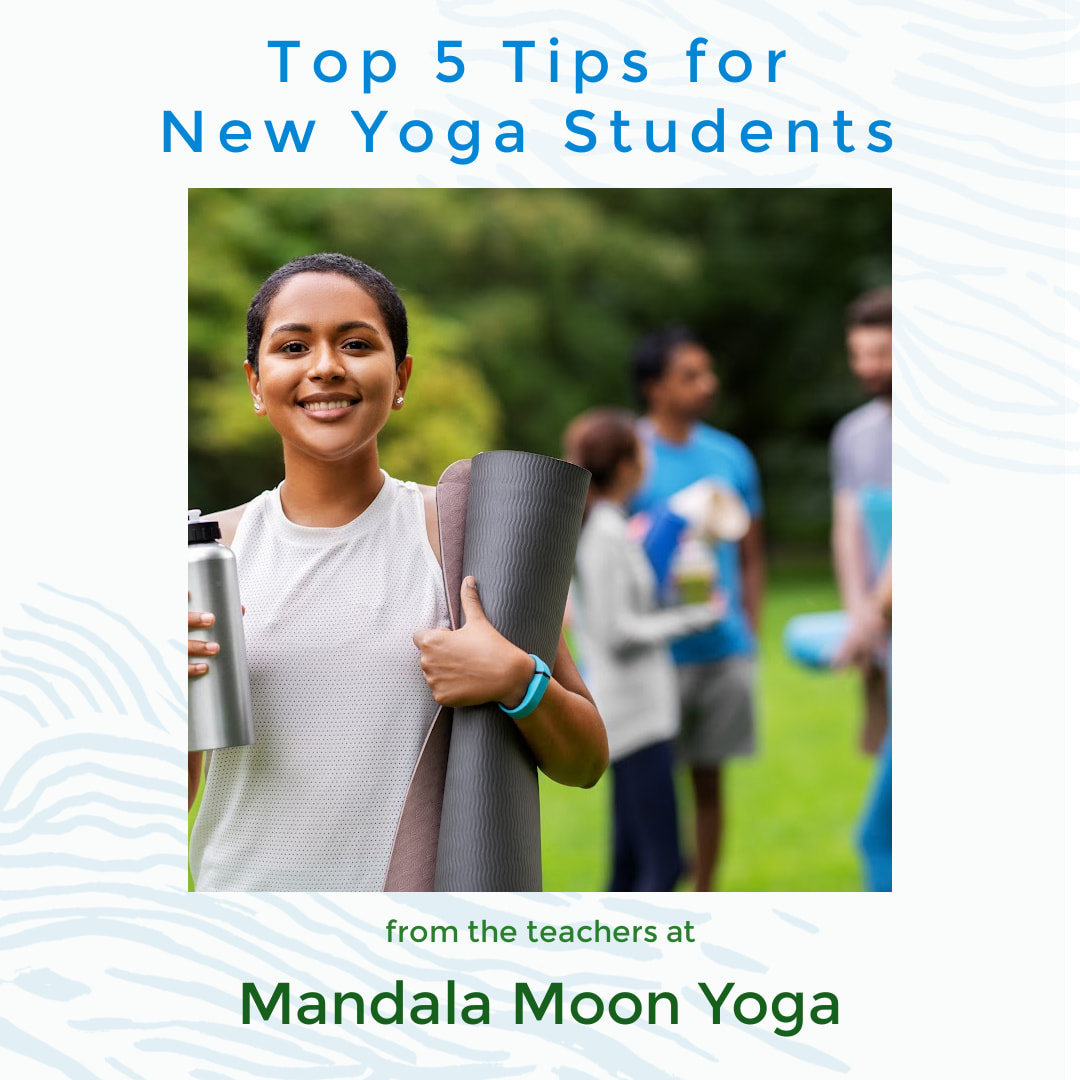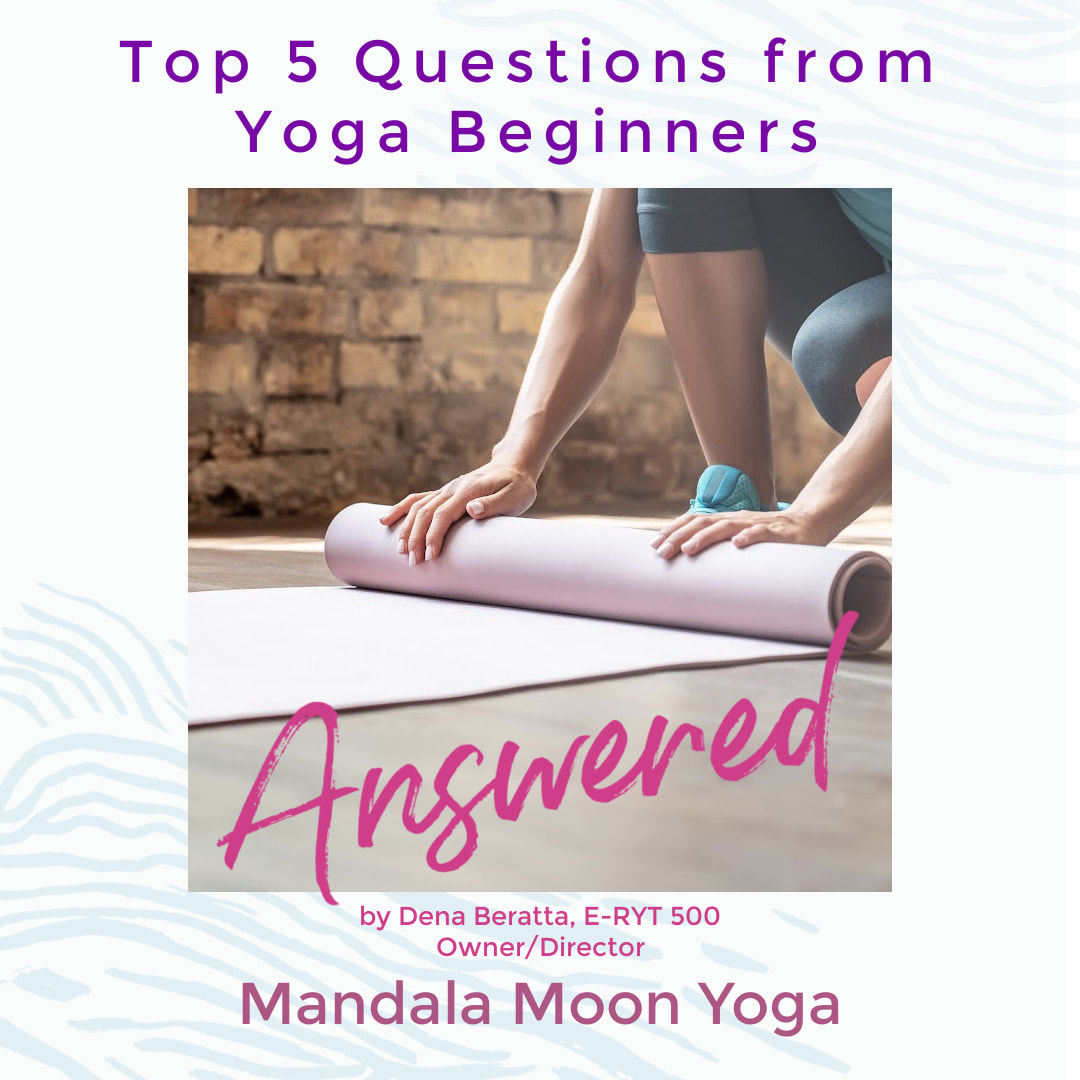- Don’t eat just before class. You’ll be uncomfortable with all the twisting and bending! If you absolutely must eat within 2 hours of yoga (I see you hypoglycemic folks), try something light, like fruit or yogurt.
- Practice regularly, and track your progress. Focus on the positive changes. For example, maybe you start child’s pose with two fists under your head. A month later, your hands are flat and still supporting your head. Later still, Your arms are extended out in front of you. All progress is progress. Pay attention, and celebrate those baby steps.
- Set an intention to stay awake during relaxation. Intentions can be powerful. You are planting little seeds in your mind. If, at the beginning of relaxation, you say to yourself, “I am awake and alert,” it may be enough to prevent an accidental nap.
- Don’t cheap out on your yoga mat. Some mats are slippery and too stretchy, and they won’t serve you. Watch out for Pilates mats, too. The thicker cushioning seems like a good idea at first, but when you need to balance, you may be regretting that choice.
- Use the props! There is absolutely no shame in modifying postures or using props to support your body. That’s what they are there for! Experiment and play with all the available props over time. Look for future posts with prop ideas and inspiration!
|
0 Comments
 I love having beginners in class. I try to always get a moment to chat with them afterwards to ask how it was for them. Almost always, they look at me with wide eyes and a content expression. "I had no idea I could feel this relaxed." Or "I didn't realize how much tension I was holding until I released it." Those sometimes hard-to-express feelings are what keep most of us coming back for more. And realizing how content I could feel is what prompted me to become a teacher. I wanted to feel this way ALL THE TIME! Scientific research is confirming those emotional, mental, and physical benefits of yoga. In fact, more and more health care providers are now recommending yoga to patients as a first line of defense. Listed here, in no particular order, are the top ten benefits, in my opinion. STRESS RELIEF: The various practices of yoga (stretching, breathing, meditation, relaxation) reduce the physical effects of stress on the body by encouraging the relaxation response and lowering the levels of the stress hormone, cortisol. Related benefits include lowering blood pressure and heart rate, improving digestion and boosting the immune system, as well as easing symptoms of conditions such as anxiety, depression, fatigue, asthma and insomnia. PAIN RELIEF: Yoga can ease our physical aches and pains. Studies have demonstrated that practicing Yoga postures, meditation, or a combination of the two, reduced pain for people with conditions such as cancer, multiple sclerosis, auto-immune diseases and hypertension as well as arthritis, back and neck pain and other chronic conditions. BETTER BREATHING: Pranayama, the breathing practices of yoga, teach us to take slower, deeper breaths. This helps to improve lung function and elicits the body’s relaxation response. FLEXIBILITY: The physical practice of yoga improves flexibility and mobility, increasing range of movement and reducing aches and pains. INCREASED STRENGTH: Yoga postures use every muscle in the body, helping to increase strength from head to toe. WEIGHT MANAGEMENT: All forms of yoga can aid weight control efforts by reducing our stress, and therefore, our cortisol levels. Yoga also encourages healthy eating habits and provides a heightened sense of awareness, well being, and self-esteem. IMPROVED CIRCULATION: When we restrict blood flow while holding yoga poses, the release of the poses helps to move oxygenated blood to the body’s cells. CARDIOVASCULAR CONDITIONING: Even a gentle yoga practice can provide cardiovascular benefits. Yoga lowers resting heart rate, increases endurance, and improves our oxygen uptake. BETTER BODY ALIGNMENT: Yoga helps to improve body awareness and alignment, resulting in better posture and relief of back, neck, joint and muscle pain and stiffness. FOCUS ON THE PRESENT: Yoga teaches us to focus on the present moment and become more self-aware. This can lead to improved coordination, reaction time and memory. This is not a comprehensive list. Do you have something to add? A benefit that your practice has provided that is not on this list? Please add it in the comments! 1. Do you need to be flexible to practice yoga?
By far the most frequently asked question I get is “Do I need to be flexible to practice yoga?” The short answer is a big fat NO! Yoga will improve your flexibility. All bodies are different. We have different levels of fitness and flexibility, different structures and composition, different limitations, injuries, and strengths. At Mandala Moon Yoga, we encourage each student to practice in a way that is comfortable for them in the moment. We offer props, modifications and variations for each pose so that the physical practice is accessible to almost all bodies. 2. What exactly is yoga? Yoga is a Sanskrit word that comes from the root word “yuj,” which means “yoke.” It is a practice designed to “yoke” or unite all the parts of yourself—mind, body, soul. Yoga is at least 5,000 years old and originated in India as a meditation practice. The Yoga Sutra states that yoga is “the quieting of the fluctuations of the mind.” Over time, it has evolved to include the stretching and postures that are more strongly associated with it. The postures prepare the body for the quieting effects of meditation. 3. Am I too old, too young, too big, too poor, too male, too out of shape, too (fill in the blank) for yoga? Nope. Just like you don’t need to be flexible, you also don’t need to have a specific body type or the trendiest yoga pants to start a practice. Yoga is not just for women. In fact, in ancient times, it was primarily a male practice. Yoga is for everyone. There are many different styles of yoga. I’ll come back in another post to cover some common styles. Try out different studios, different teachers, and different styles of yoga to find the one that works best for you right now. At our studio alone, we offer our middle-of-the-road multi-level yoga, the slower, gentler restorative yin classes, higher intensity fitness classes, faster paced flow yoga, yoga for beginners, and yoga for children. 4. What should I bring to class? Bring yourself and an open mind. If you have a yoga mat, bring that too. Most people like to bring their own mat. They come in different thicknesses and sizes. But if you don’t have a mat, don’t let that stop you. We have loaner mats that you can use. We just ask that you use the disinfectant wipes provided to clean them off after use. We have all the yoga props that you will need (blocks, blankets, bolsters, straps), but feel free to bring your own props, too, if you prefer. You may also like to bring some water. If you do, please use an insulated, covered water bottle to protect our studio floors. 5. What should I wear? Dress comfortably in layers of clothing. You may heat up and cool down during the different parts of class, and it’s best to be able to add and remove layers. Natural fabrics are best, and modesty is encouraged. Keep in mind that you will be bending and twisting and sometimes a bit upside-down, so be sure that you will be comfortable in whatever clothes you choose. We practice in bare feet, so shoes are left outside the studio. If your feet tend to get cold, wear socks. You may want to invest in socks with grippy bottoms so you don’t slip. |
Dena D. BerattaHonored to teach, but always a student. Archives
May 2024
Categories
All
|



 RSS Feed
RSS Feed